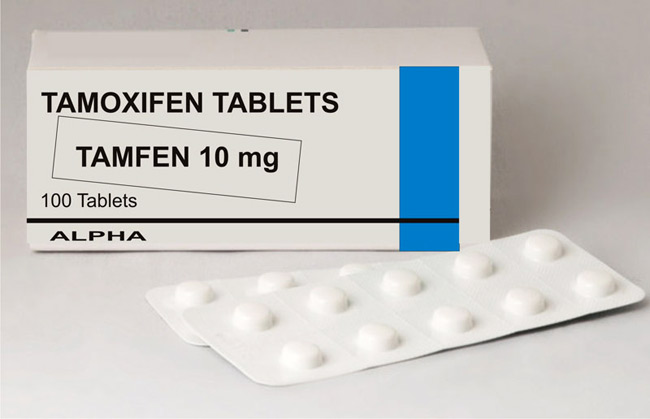
Tamoxifen, a drug currently used to treat breast cancer, also kills a fungus that causes a deadly brain infection in immunocompromised patients. The findings, which could lead to new treatments for a disease that kills more HIV/AIDS patients than tuberculosis, appear in mBio®, the online open-access journal of the American Society for Microbiology (ASM.)
“This work sets the stage for additional animal studies to see if tamoxifen can be used as a drug in people and will allow us to design new drugs related to tamoxifen that are better antifungals,” says Damian Krysan of the University of Rochester, an author on the study.
Cryptococcosis is one of the most prevalent human fungal infections, responsible for approximately 1 million new infections and 620,000 deaths worldwide each year. The disease strikes primarily people living with HIV/AIDS and causes more deaths in this population than tuberculosis. It manifests as either pneumonia or a brain infection known as meningoencephalitis.
“The gold standard therapy for this infection is a combination of amphotericin B and 5-flucytosine. These drugs were first used in the late 1950s when penicillin was the antibiotic of choice. There have been no substantial improvements in the treatment of this disease in a half-century and the therapy is not available in many regions of the world that need it most,” says Krysan.
In areas of the world where the gold-standard therapy is not available, like sub-Saharan Africa, the drug of choice is fluconazole because it is widely available and inexpensive. Unfortunately, it is much less effective since it does not actually kill the fungus.
“Recently, interest in re-using old drugs to treat new diseases has increased as a way to develop new therapies more quickly. We screened a large collection of old drugs for drugs that kill Cryptococcus and rediscovered tamoxifen,” says Krysan. “We used clinical microbiology tests to determine whether the molecules had promising activity against Cryptococcus both alone and in combination with other antifungal drugs such as fluconazole. The combination of tamoxifen and fluconazole was synergistic; this means that the combination is more than 4-times more active than either alone.”
Krysan and his colleagues also demonstrated that tamoxifen does not kill the fungus in the same way it works against breast cancer. Instead, it inhibits proteins related to calmodulin, an important calcium binding protein. They found that by making modifications to tamoxifen that improve its ability to interfere with calmodulin, they also improved its ability to kill Cryptococcus.
“An effective, widely available treatment for cryptococcal meningitis is an unmet clinical need of global importance,” says Krysan. “These results indicate that tamoxifen is a pharmacologically attractive scaffold for the development of new anti-cryptococcal drugs and provide a mechanistic base for its further optimization.”
The study done by American Society for Microbiology.